Espresso machines can be expensive, but fear not, you can use a French press to make a coffee that is similar to espresso. Often referred to as “press pot espresso.” While making espresso with French press won’t give you the same level of consistency and control as a traditional espresso machine, it is a good way to get that espresso fix at a lower cost.
Keep in mind that you may need to experiment with the amount of coffee and steeping time to get the flavor and strength you desire.
How French Press Brewing Differs from Espresso
French press coffee is made by steeping coarsely ground coffee beans in hot water, and then pressing a plunger to separate the coffee grounds from the brewed coffee. The coffee produced by a French press is generally richer and has a stronger flavor than coffee brewed with other methods, as the coffee grounds are in direct contact with the water for a longer period. French press coffee also tends to have a thicker, heavier body and a more pronounced aroma.
Espresso, on the other hand, is made by forcing a small amount of hot water under high pressure through finely-ground coffee beans. The resulting coffee is highly concentrated and has a bold, intense flavor. Espresso has a thick, creamy texture and a rich, caramel-like color. It is typically served in small quantities and is the base for many other coffee drinks, such as cappuccinos, lattes, and Americanos.
Coarse vs. Fine Grind: What Works Best in a French Press?
Yes, you can use espresso grounds in a French press, but you may run into some issues. Espresso coffee is a type of very finely ground, highly concentrated coffee that is made using an espresso machine.
Using fine grounds in a French press can result in several problems. One of the main issues is that the fine grounds are more likely to pass through the metal filter of the French press and end up in the finished coffee. This can result in a muddy or cloudy appearance, as well as a bitter or astringent taste.
Another problem with using fine grounds in a French press is that they are more likely to over-extract. This means that they will release more of their oils and flavors into the water, resulting in a coffee that is too strong and potentially unpleasant to drink.
Finally, using fine grounds in a French press can also make it more difficult to press the plunger down and separate the grounds from the liquid. This can result in a longer brew time and a less efficient process overall.
In general, it is best to use relatively coarse grounds when making coffee with a French press. This will help to ensure that the coffee is full of flavor and has a smooth, clean taste. If you do decide to use fine grounds in a French press, you may need to adjust the steeping time and/or the ratio of coffee to water to compensate for the increased extraction ratio.
Is French Press Coffee as Strong as Espresso?
Espresso is traditionally made using an espresso machine, which uses high pressure to extract a small amount of very strong coffee from finely ground beans. While French press coffee can be made to be strong and flavorful, it is not typically as strong as traditional espresso.
This is due in part to the fact that the coffee is brewed using a different method, as well as the fact that the grind size for French press coffee is usually coarser than that used for espresso.
Will Caffeine Content Differ Between Espresso Made in French Press vs a Machine?
The caffeine content of the coffee produced by a French press and a traditional espresso machine may be slightly different, but the difference is likely to be minimal. Caffeine content is determined by a variety of factors, including the type of coffee beans used, the roast level, the brewing method, and the serving size.
In general, espresso is a highly concentrated form of coffee, and a single shot of espresso (usually about 1 ounce) can contain around 30 to 50 milligrams of caffeine. However, the caffeine content of espresso can vary depending on the type of beans used, the roast level, and the brewing method.
When making espresso with a French press, the caffeine content may be slightly lower than that of traditional espresso, as the steeping time is longer and the coffee is in contact with the water for a longer period, which can lead to some caffeine extraction. However, the difference is likely to be small, and the caffeine content will still be higher than that of a cup of brewed coffee made with a French press.
Can Your French Press Double as an Espresso Maker?
It is possible to make espresso-style coffee with a French press, although it won’t be a true espresso since it’s not brewed under the high pressure of an espresso machine. While French presses are typically used for regular coffee, they can also create a stronger, more concentrated brew that mimics the bold flavor and intensity of espresso. Plus, French presses are versatile enough to make smooth, refreshing cold brew as well.
How to Make Espresso-Style Coffee with Your French Press (with the ethoz® Uptowner)
1. Choose Your Beans
Select bold, flavorful coffee beans, dark roasts work best for espresso-style coffee. Freshly roasted beans will deliver the richest flavor.
2. Grind Your Beans
Grind your beans to a coarse size, similar to coarse sea salt. This grind size is ideal for French press brewing and helps avoid over-extraction.
3. Heat Your Water
Place your French press on a stable surface and fill it with hot water to preheat it, keeping your coffee warmer as it brews. Heat water to about 200°F (93°C), letting it sit off the boil for about 30 seconds. Boiling water can scorch grounds and cause bitterness.
4. Measure Your Coffee
Use roughly 1 ounce (28 grams) of coffee for every 4 ounces (118 ml) of water. Adjust this ratio to suit your preferred strength.
5. Add Coffee to the French Press
Place the measured grounds into the French press chamber.
6. Pour Hot Water Over Grounds
Slowly pour hot water over the grounds, saturating them evenly. Give the mixture a gentle stir to ensure all grounds are wet.
7. Steep Your Coffee
Let the coffee steep for 4–5 minutes. This extraction time pulls out the rich, bold flavors you want in espresso-style coffee.
8. Plunge and Finish
Press the plunger down slowly and steadily halfway, then pull it back up before plunging all the way down. This motion creates a layer of foam on top, similar to the crema found in traditional espresso shots.
9. Serve and Enjoy
Pour your espresso-style coffee into your favorite cup, or better yet, serve it in the sleek, insulated ethoz® Glass Tumblers to keep every sip hot and flavorful.

The ethoz® Uptowner French Press takes this process to the next level. Made from premium stainless steel with double-wall vacuum insulation and featuring patented Bru-Stop® technology. Its removable insulated bottom makes cleanup effortless, and the 32 fl. oz. capacity lets you brew enough to share or savor multiple cups.
Our French presses are built tough with durable 18/8 stainless steel and double-wall insulation to keep your brew at the perfect temperature. Patented Bru-Stop® technology prevents over-extraction, delivering a smooth, grit-free cup every time. See our presses here
Alternative Methods
The ethoz® Pour Over and Carafe can also brew espresso‑like coffee with a rich, bold flavor similar to traditional espresso.








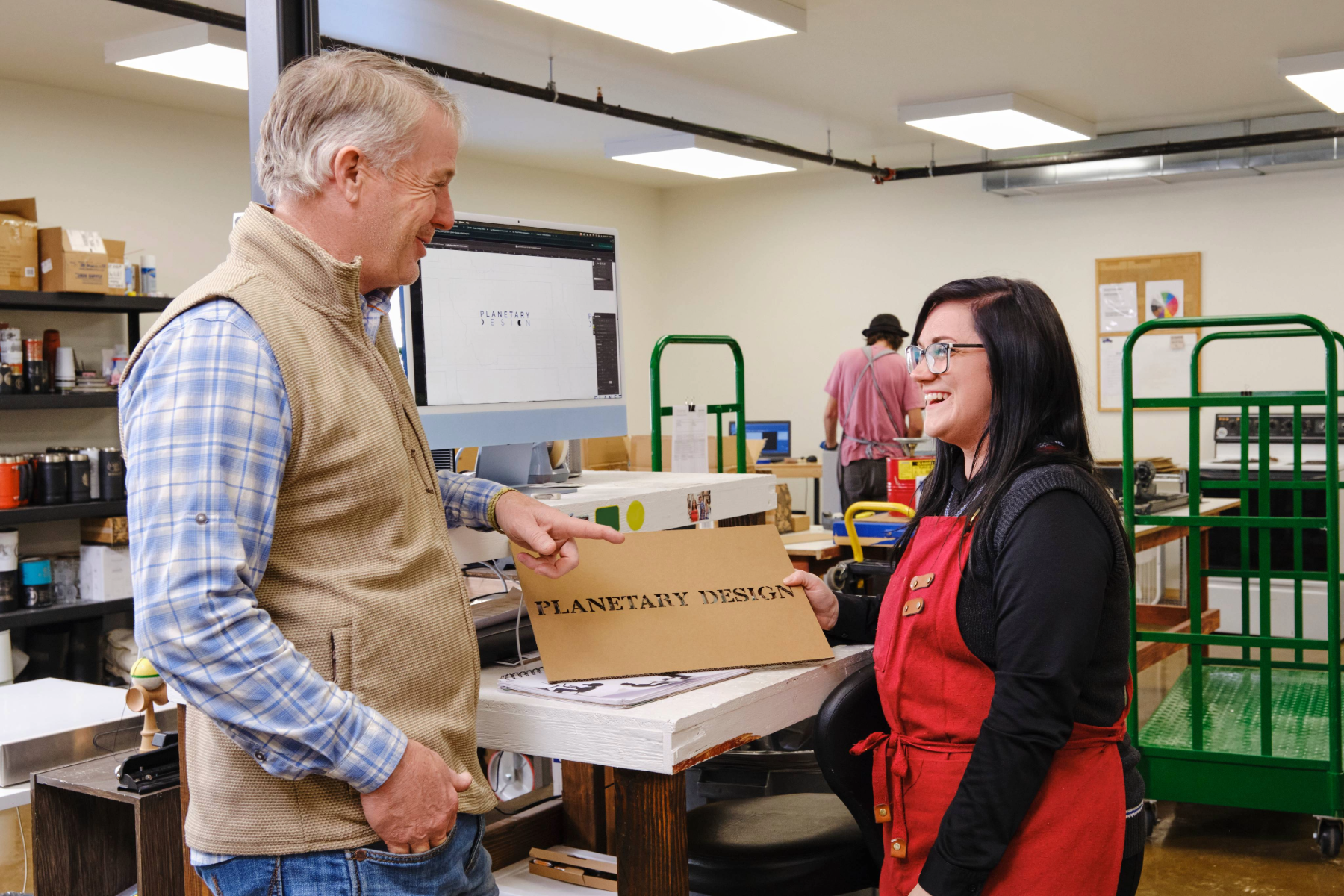
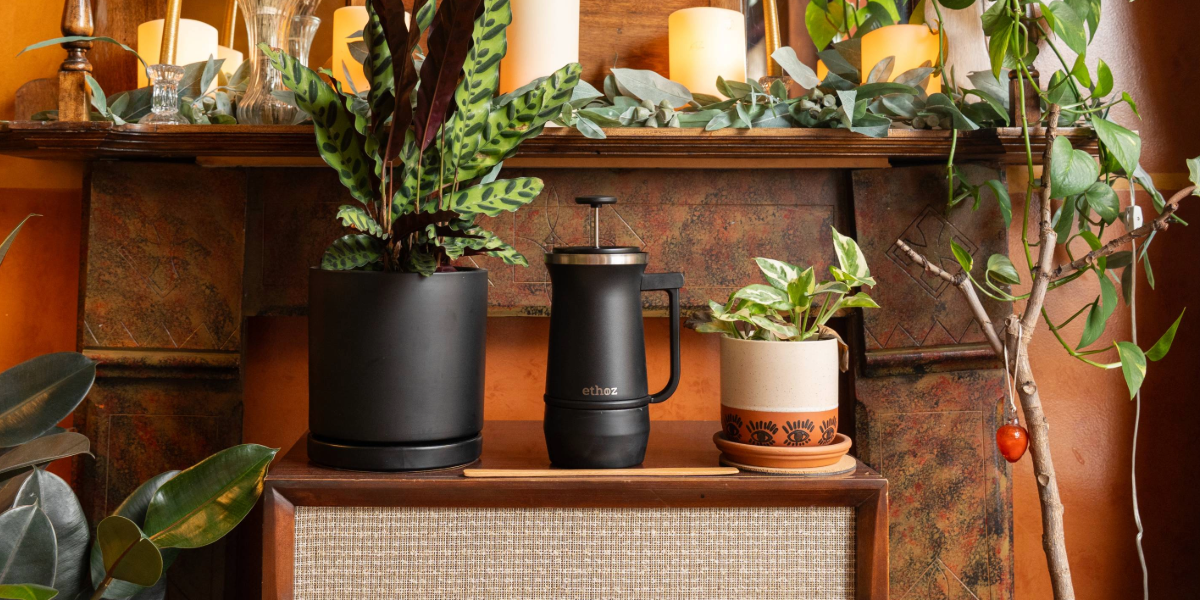
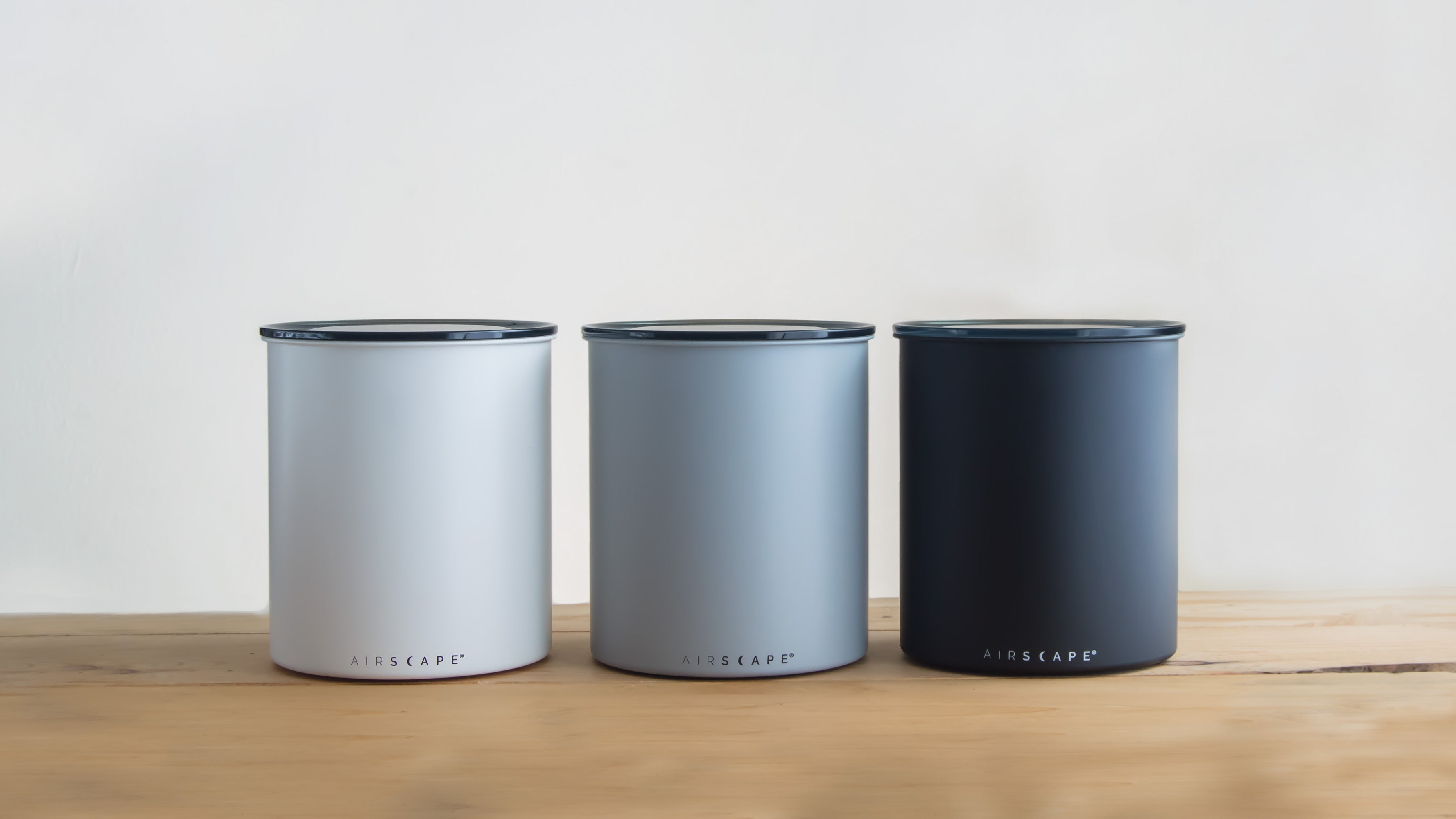
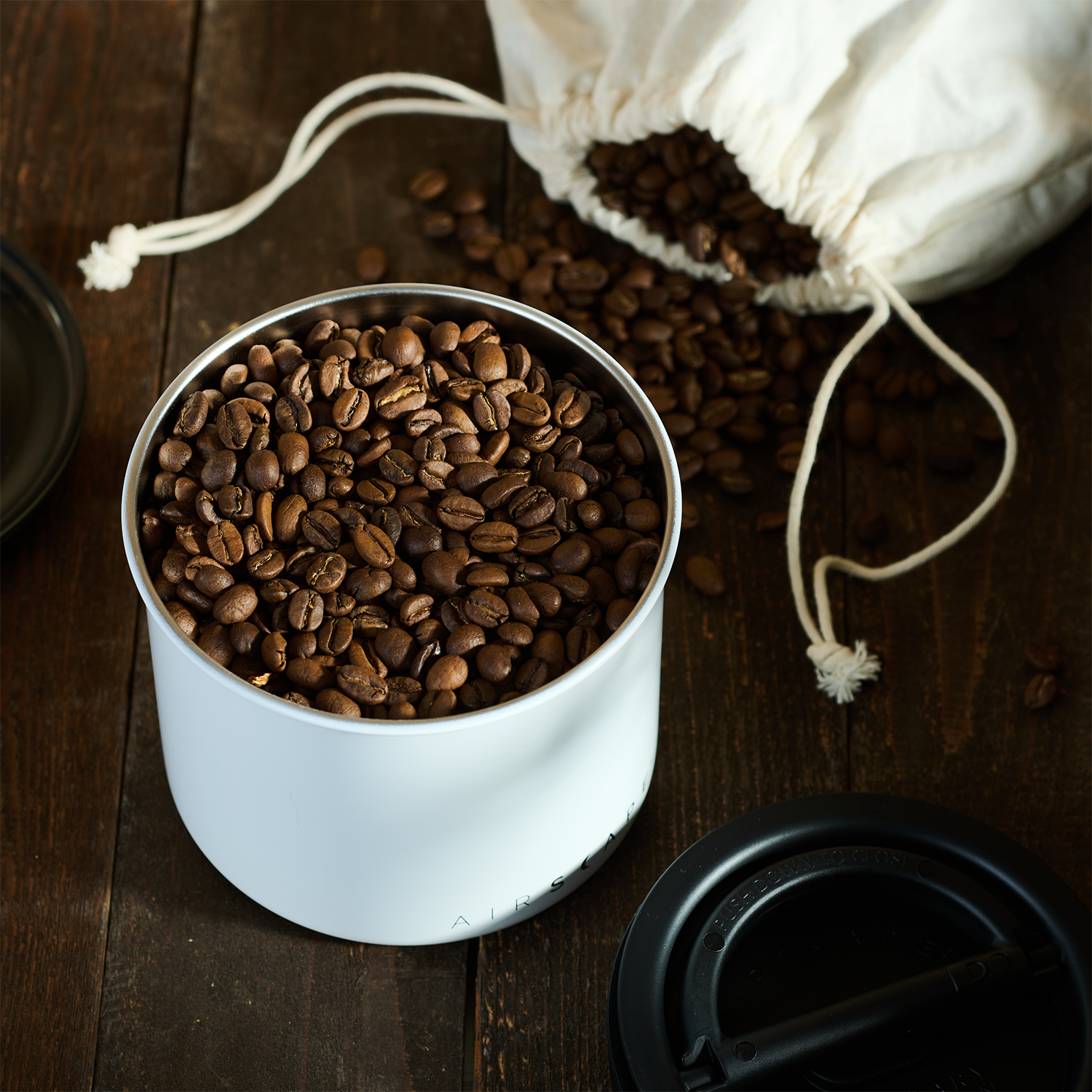
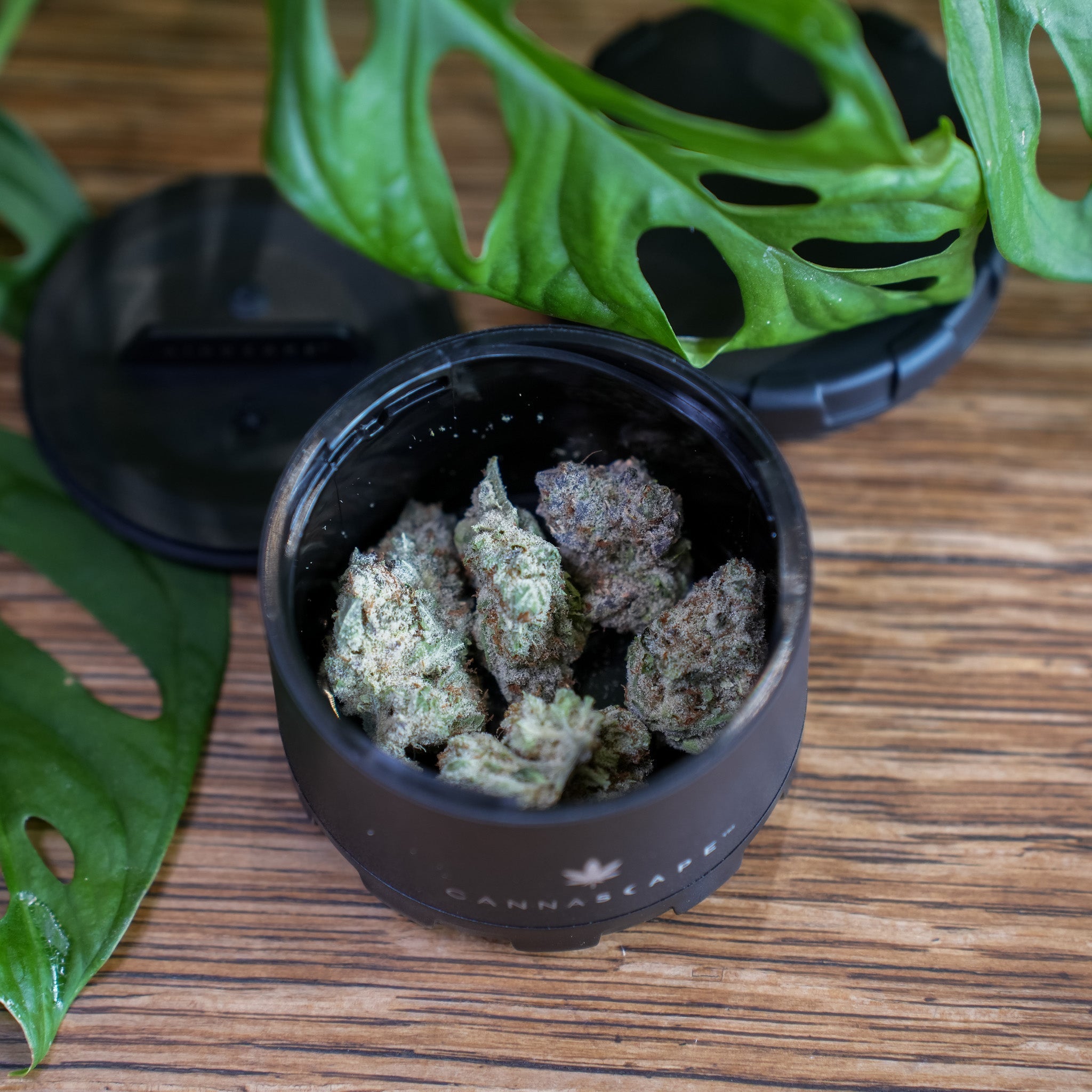
Share:
Brewing Basics: French Press Steep Times
Caffeine Meets Cannabis: How to Pair Them Like a Pro